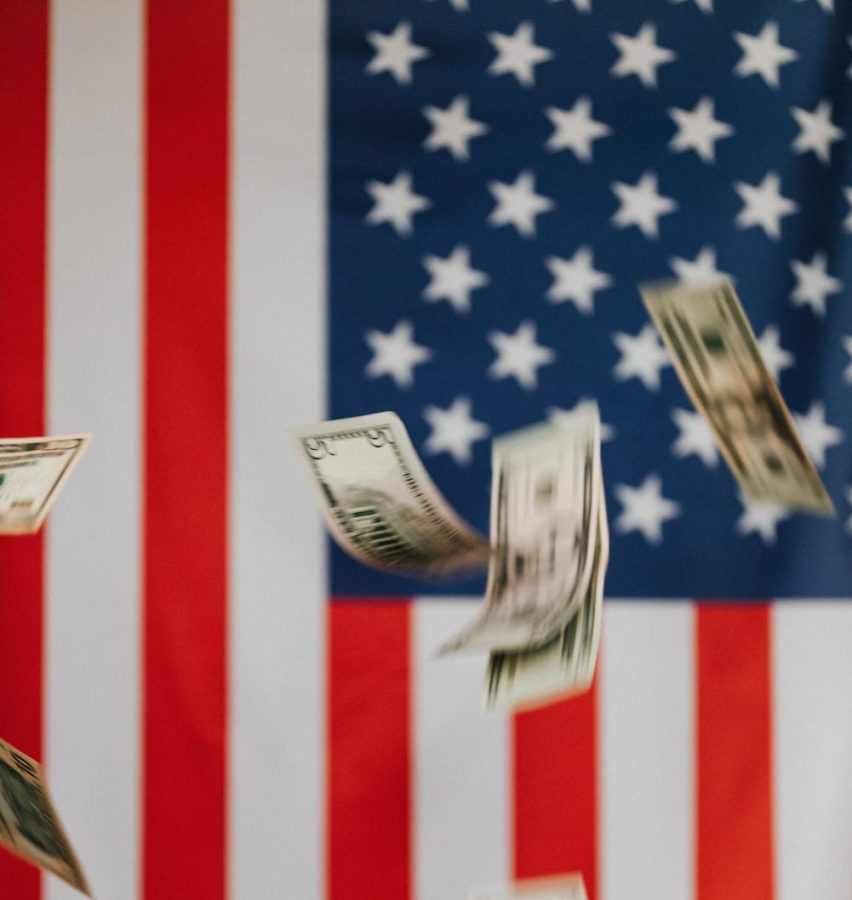Benefits, Inflation and Waiting: Understanding Federal Student Loan Forgiveness
Receiving President Joe Biden’s student loan forgiveness might feel like a bit of a waiting game for students and alumni at Seattle University. The debt forgiveness was announced Aug. 24 as part of a three-step plan to help people with low and middle incomes recover from the COVID-19 pandemic. The application is expected to be available sometime this month on the Federal Student Aid website, the same website used to apply for the FAFSA, and will be open until Dec. 31.
Those with federal loans who filed as an individual and made less than $125,000 in 2020 or 2021 will be eligible for $10,000 worth of federal debt relief. Students who were dependents during those tax years, meaning that their family filed taxes under “married, filing jointly or head of household” and claimed the student on their taxes, are eligible for the $10,000 of relief if their household made less than $250,000. The amount of forgivable debt doubles to $20,000 if the student received a Pell Grant, an undergraduate grant awarded to students with a low Estimated Family Contribution (EFC) on the FAFSA, during their education.
Assistant Provost for Student Financial Services Jordan Grant explained that since the application will be entirely new, the office only has access to information the public also can access. Because of this, it is challenging to provide students with additional information.
The student loan forgiveness plan has a plethora of economic implications at the personal and national level, but remains somewhat mysterious to students themselves.
Worries about loan forgiveness’ increasing inflation are common. Nick Huntington-Klein, an assistant professor in the economics department at Albers, explained that when someone pays back debt they are not spending that money on physical goods. If they aren’t spending that money on debt, they might spend it on consumer items, which drives up demand on those goods, and therefore prices as well.
“Any time, in general, you put more money in people’s pockets in such a way that they’re going to want to spend it on stuff and you don’t have a similarly increasing amount of stuff for them to spend it on, then the prices are going to go up,” Huntington-Klein said.
The ongoing student loan payment freeze will end Dec. 31, adding a layer of complexity to ongoing inflation considerations. Since federal loan debt is not currently being paid back, the money that people would spend on other things in the event of loan cancellation is already being used. This means that the current rise in inflation would be unchanged because it already was an issue at the beginning of the payment freeze.
There are other implications in the long-run, once student loan payments come back. At that point, people will continue spending money on debt payments, decreasing the demand on other purchases and thus decreasing prices.
“It’s not so much that this [student loan cancellation] will increase inflation relative to where it is right now, but it will remove something that would have pushed down inflation when we get to the end of the freeze,” Huntington-Klein said.
On a more personal level, loan forgiveness may influence the career or activity choices a student engages in. Carol Lwali, the director of Career Engagement at Seattle U, explained that a student with a lot of debt might choose not to go into public service or nonprofit work because they are not typically high paying jobs.
“When you don’t have the weight of debt on you, your decision-making process will be so different, there’s relief in it. For example, you don’t feel like you need to take the first job that comes your way, or you might feel in a better position to negotiate your salary, you can even negotiate better lending terms from lenders,” Lwali said, “it has so many implications that will be so helpful to so many different people.”
Since the plan’s announcement, multiple lawsuits have been filed against the Biden administration. In response to lawsuits and criticisms, the number of people eligible for the relief was lowered and the option to opt-out of the forgiveness was added due to concerns about tax liability.
While the relief plan continues to be reviewed and the application created, students, financial aid offices and alumni alike await clarity from the federal government. Eligible borrowers can sign up for a notification once the application is available and watch as the plan unfolds.


